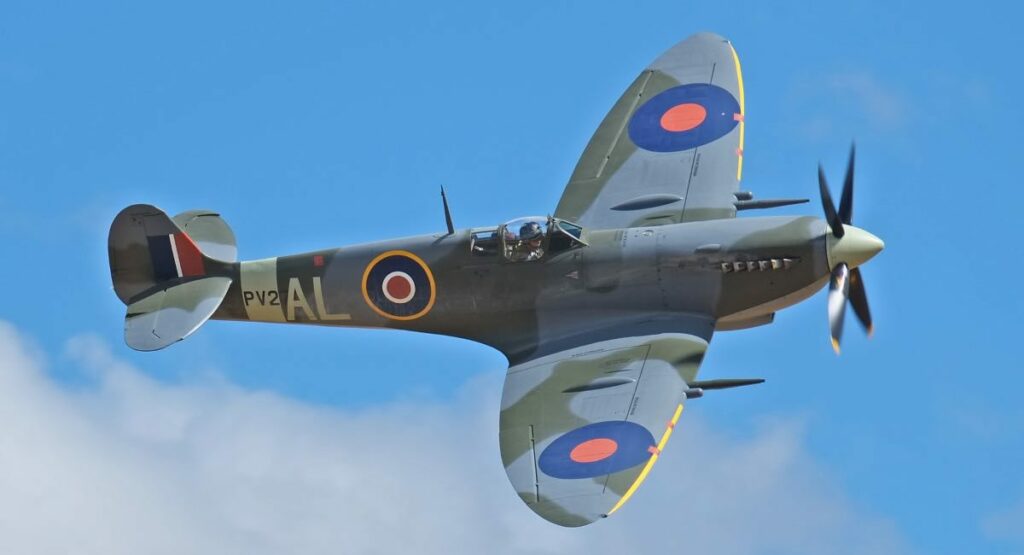The Supermarine Spitfire is a British single-seat fighter aircraft used by the Royal Air Force and other Allied countries before, during, and after World War II. Many Spitfire variants were built, with various wing configurations. It was also the only British fighter continually produced throughout the war. The Spitfire remains popular among enthusiasts; approximately 70 are still airworthy, and many more are static exhibits in aviation museums worldwide. But did you know how the Spitfire Planes accidentally invented crowdfunding?
In some cases during WWII, Spitfire planes were “crowd funded,” with large-scale contributors allowed to give the aircraft a nickname printed on the side. ‘Dorothy of Great Britain and Empire,’ for example, was named by a group of women named Dorothy.
The War Plane Phenomenon
The Spitfire is an iconic World War II symbol, with its distinctive silhouette and unmistakable growl from its Merlin engine. However, what is less well known is the amount of money raised by ordinary British people to fund the construction of Spitfires allegedly. The Spitfire’s fame was worthy of a Hollywood star, and when the government asked for public assistance in building them, the country responded positively, with donations pouring in.
The enormous cost of World War I, between 1914 and 1918, depleted Britain’s public purse. With the Great Depression following in the 1920s, the country had very little spare funds, leading to Britain doing everything possible to avoid war in the late 1930s. When it became clear that Hitler and the Nazi regime were determined to go to war, the British Armed Forces were in disarray due to a lack of funds available between the wars to upgrade their equipment.
This concept took off like a fox before the hunt, and donations poured in, ranging from pennies taken from children’s pocket money to hundreds of pounds raised through formal fundraising initiatives. Finally, around £13 million was raised, roughly £650 million in today’s money.
The Spitfire Funds were a home front phenomenon. The aircraft, and the idea of buying one, seemed to hit the national psyche. Britain wanted to believe in something, and the Spitfire, that combination of beauty and power, was the great savior.
Paul Beaver, Aviation Historian
(Source: War History Online)
The Incentives Acquired from Funding
Within a short time, collection funds were established nationwide, with councils, churches, voluntary organizations, schools, and businesses attempting to collect the tiny charitable pound for their Spitfire Fund. The Spitfire, which protected London during the Battle of Britain, piqued the public’s interest even more and having a Spitfire named after your fund became a source of national pride.
Newspapers carried lists of fund donations, and the notations on the donations revealed the wide range of people who contributed. Notations like From all at No.15 Station Lane or My old age pension – 10 shillings towards our Spitfire were common.
Not to be outdone, the BBC began broadcasting the names of the successful funds at the end of their news bulletins, further inspiring the national fundraising craze to the point where funds began to pour in at a rate of around €1 million per month; a staggering amount in war-torn Britain.
Another incentive was having your name painted on the nose of the Spitfire that you raised funds to build. This meant that every large town in Britain had to have its Spitfire. (Source: War History Online)
